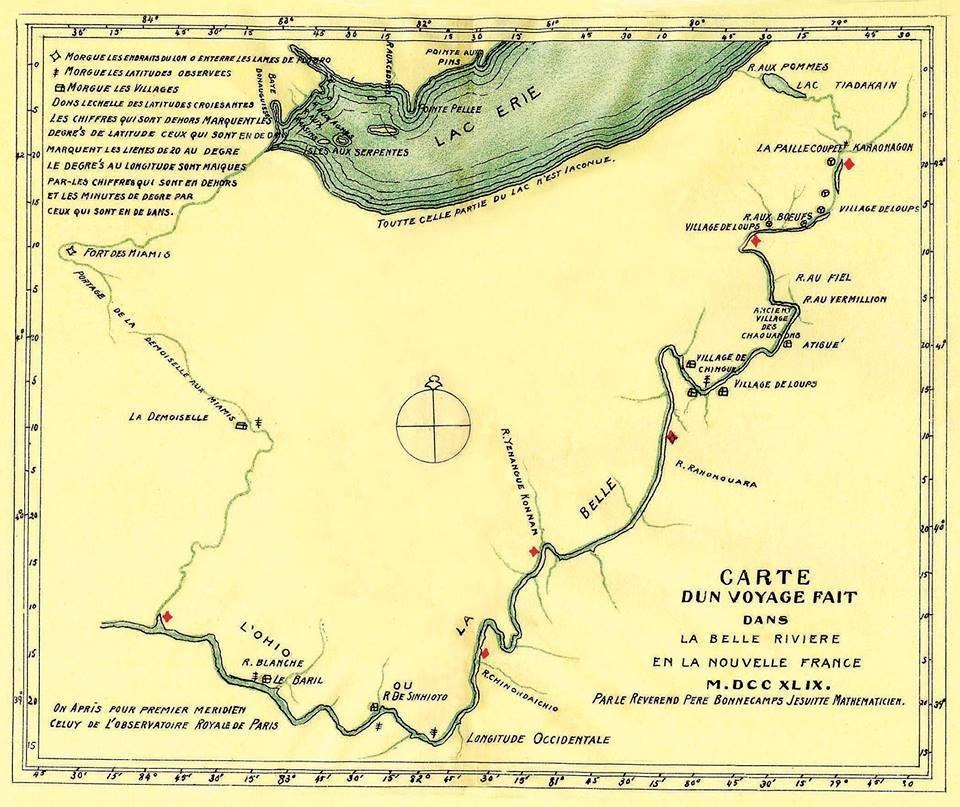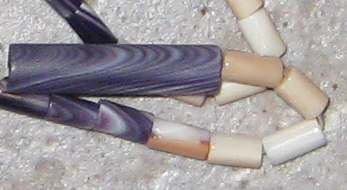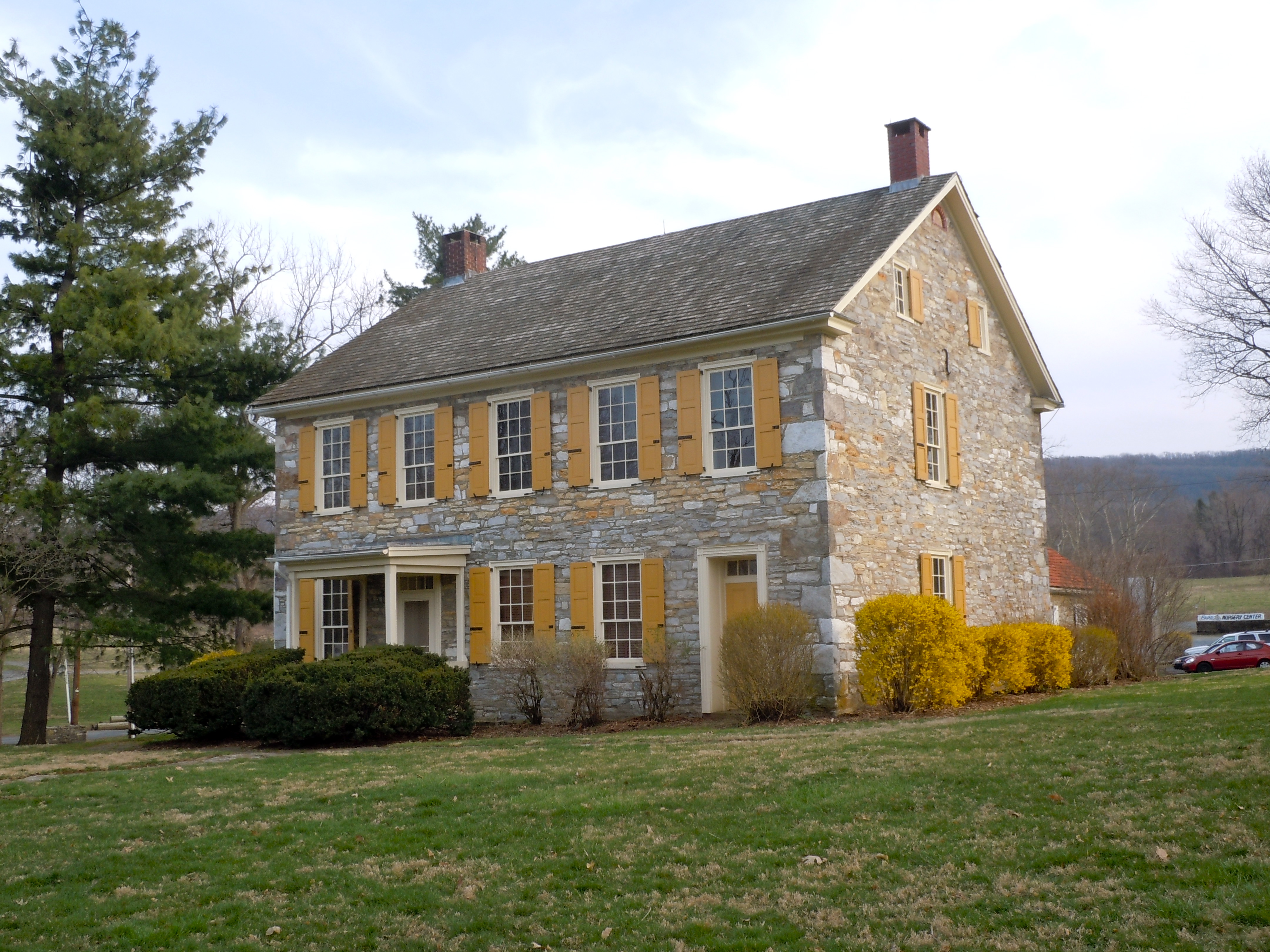|
Big Hominy
Meshemethequater (1690 or 1691–1758) also known as Big Hominy, Great Huminy, Misemeathaquatha, Missemediqueety, or Big Hannoana was a Pekowi Shawnee chief from western Pennsylvania. Although he was a respected warrior, he is best known for participating in peace conferences that prevented war between English settlers and the Shawnees. In 1745 he joined Peter Chartier and other Shawnees who chose loyalty to New France, but after three years he returned to Pennsylvania and apologized. His date and place of death are unknown. Early life and family He was the son of Tamenebuck Cornstalk and a grandson of Straight Tail Meaurroway Opessa (1630-1709). He was a cousin of Peter Chartier (1690-1759), another grandson of Straight Tail Meaurroway Opessa.Greene, Don. ''Shawnee Heritage'' X S-T 1700-1750, 2015. At the time of his birth, Opessa's band of Pekowi Shawnee had just arrived in what is now western Pennsylvania and were camped where the Ohio River forks into the Monongahela River an ... [...More Info...] [...Related Items...] OR: [Wikipedia] [Google] [Baidu] |
Lower Shawneetown
Lower Shawneetown, also known as Shannoah or Sonnontio, was an 18th-century Shawnee village located within the Lower Shawneetown Archeological District, near South Portsmouth in Greenup County, Kentucky and Lewis County, Kentucky. The population eventually occupied areas on both sides of the Ohio River, and along both sides of the Scioto River in what is now Scioto County, Ohio. It was added to the National Register of Historic Places on 28 April, 1983. It is near the Bentley site, a Madisonville Horizon settlement inhabited between 1400 CE and 1625 CE. Nearby, to the east, there are also four groups of Hopewell tradition mounds, built between 100 BCE and 500 CE, known as the Portsmouth Earthworks. Extensive archaelogical work has provided a clear picture of the town's appearance and activities, particularly the nature of trade, social organization, agriculture, and relationships with other Native American communities. Well-known British traders William Trent and George Croghan ... [...More Info...] [...Related Items...] OR: [Wikipedia] [Google] [Baidu] |
Battle Of Galudoghson
In December 1742, at a site near present-day Glasgow, Virginia, the Augusta County militia engaged in combat with a group of Onondaga and Oneida Indians who had traveled to Virginia from Shamokin in Pennsylvania, under the command of an Iroquois chief named Jonnhaty, to participate in a campaign against the Catawba. The battle was the first armed conflict between settlers in Western Virginia and Native Americans. Three distinct accounts of the battle exist, with contradictory details. The Iroquois regarded the battle as an unprovoked act of aggression, while the Virginia colonists claimed that the Iroquois had raided Virginia settlements and killed livestock. Etymology The altercation remained without any formal title until the 1995 posthumous publication of a collection of papers and analysis compiled by historian Lyman Draper, in which it was designated "the Battle of Galudoghson," using the Iroquois name for the James River. Background At a series of conferences in Penn ... [...More Info...] [...Related Items...] OR: [Wikipedia] [Google] [Baidu] |
George Croghan
George Croghan (c. 1718 – August 31, 1782) was an Irish-born fur trader in the Ohio Country of North America (current United States) who became a key early figure in the region. In 1746 he was appointed to the Onondaga Council, the governing body of the Iroquois, and remained so until he was banished from the frontier in 1777 during the American Revolutionary War. Emigrating from Ireland to Pennsylvania in 1741, he had become an important trader by going to the villages of Indigenous Peoples, learning their languages and customs, and working on the frontier where previously mostly French had been trading. During and after King George's War of the 1740s, he helped negotiate new treaties and alliances for the British with Native Americans. Croghan was appointed in 1756 as Deputy Indian Agent with chief responsibility for the Ohio region tribes. He assisted Sir William Johnson, British Superintendent of Indian Affairs for the Northern District, who was based in New York and had ... [...More Info...] [...Related Items...] OR: [Wikipedia] [Google] [Baidu] |
Scarouady
Scarouady (also spelled Scarowady, Scarrouady, Scaroyady, Scarujade, Scaiohady, Skaronyade, Scaronage, Scruniyatha, Seruniyattha, or Skaruntia) was an Oneida leader at Logstown. He was sometimes referred to as Monacatuatha (also rendered Monacatootha, Monacatoocha, or Monakaduto) by the Lenape. Scarouady was half-king, along with Tanacharison, over Iroquois and Iroquois allies in the Ohio Valley. They both disliked the encroachment of the French into the area, and in 1747 both were sent to Logstown to act as supervisors of the Iroquois allies, the Lenape (Tanacharison) and the Shawnee (Scarouady). In 1753 Scarouady met with officials of Pennsylvania and Virginia to convince them to take action against the French. The situation was so bad that in June, 1754 Scarouady burned his village of Logstown and moved to Aughwick to escape the French. He was a member of the Braddock expedition in 1754. Scarouady was an orator and worked with the aid of William Johnson to keep the Sh ... [...More Info...] [...Related Items...] OR: [Wikipedia] [Google] [Baidu] |
Lancaster, Pennsylvania
Lancaster, ( ; pdc, Lengeschder) is a city in and the county seat of Lancaster County, Pennsylvania. It is one of the oldest inland cities in the United States. With a population at the 2020 census of 58,039, it ranks 11th in population among Pennsylvania's municipalities. The Lancaster metropolitan area population is 507,766, making it the 104th-largest metropolitan area in the U.S. and second-largest in the South Central Pennsylvania area. The city's primary industries include healthcare, tourism, public administration, manufacturing, and both professional and semi-professional services. Lancaster is a hub of Pennsylvania's Dutch Country. Lancaster is located southwest of Allentown and west of Philadelphia. History Originally called Hickory Town, the city was renamed after the English city of Lancaster by native John Wright. Its symbol, the red rose, is from the House of Lancaster. Lancaster was part of the 1681 Penn's Woods Charter of William Penn, and was laid ... [...More Info...] [...Related Items...] OR: [Wikipedia] [Google] [Baidu] |
Indian Old Fields, Kentucky
Indian Old Fields was an unincorporated community located in Clark County, Kentucky, United States. The community takes its name from the Indian old field present when white settlers arrived. They discovered the Native American settlement of Eskippakaithiki, believed to be the last Indian village in Kentucky. It was also named Indian Old Corn Field. It was established by Peter Chartier, the leader of a band of Shawnee The Shawnee are an Algonquian-speaking indigenous people of the Northeastern Woodlands. In the 17th century they lived in Pennsylvania, and in the 18th century they were in Pennsylvania, Ohio, Indiana and Illinois, with some bands in Kentucky a ..., sometime in 1745. Further reading * References Unincorporated communities in Kentucky Native American history of Kentucky Former Native American populated places in the United States History of Kentucky Former populated places in Kentucky 1745 establishments in the Thirteen Colonies {{ClarkCoun ... [...More Info...] [...Related Items...] OR: [Wikipedia] [Google] [Baidu] |
Wampum
Wampum is a traditional shell bead of the Eastern Woodlands tribes of Native Americans. It includes white shell beads hand-fashioned from the North Atlantic channeled whelk shell and white and purple beads made from the quahog or Western North Atlantic hard-shelled clam. In New York, wampum beads have been discovered dating before 1510.Dubin, Lois Sherr. ''North American Indian Jewelry and Adornment: From Prehistory to the Present''. New York: Harry N. Abrams, 1999: 170-171. . Before European contact, strings of wampum were used for storytelling, ceremonial gifts, and recording important treaties and historical events, such as the Two Row Wampum Treaty and the Hiawatha Belt. Wampum was also used by the northeastern Indigenous tribes as a means of exchange, strung together in lengths for convenience. The first colonists understood it as a currency and adopted it as such in trading with them. Eventually, the colonists applied their technologies to more efficiently produce w ... [...More Info...] [...Related Items...] OR: [Wikipedia] [Google] [Baidu] |
Shamokin (village)
"place of crawfish" or iro, Otzinachson "The Demon's Den" , settlement_type = Historic Native American village , image_skyline = , imagesize = , image_alt = , image_map1 = File:Northumberland County Pennsylvania Incorporated and Unincorporated areas Sunbury Highlighted.svg , mapsize1 = 220px , map_alt1 = , map_caption1 = Former location of Shamokin, present-day site of Sunbury, Pennsylvania , image_caption = , nickname = , pushpin_map = Pennsylvania#USA , pushpin_label = Shamokin , pushpin_label_position = , pushpin_map_caption = Former location of Shamokin in Pennsylvania , pushpin_mapsize = , coordinates = , established_title = Founded , established_date = before 1711 , established_title2 = Abandoned , established_date2 = May, 1756 , established_title3 = , established_date3 = , population_total ... [...More Info...] [...Related Items...] OR: [Wikipedia] [Google] [Baidu] |
Andrew Montour
Andrew Montour ( – 1772), also known as Sattelihu, Eghnisara,Hagedorn, 57 and Henry,Montour was also called Henry, possibly due to the similarity of sound with the French ''"Andre".'' was an important mixed interpreter and negotiator in the Virginia and Pennsylvania backcountry in the latter half of the 18th century. He was of Oneida and Algonquin ancestry, with a French grandfather. Historian James Merrell estimated his birth year as 1720. Likely born in his mother's village of Otstonwakin (near current Montoursville, Pennsylvania), he later led the village in the 18th century before settling further west. Montour was commissioned as a captain in 1754 by Pennsylvania officials during the French and Indian War. He also commanded raiding parties in Ohio in 1764 during Pontiac's War (1763–1766) at the behest of Sir William Johnson, British superintendent of Indian Affairs. His son John Montour later became recognized as an interpreter and negotiator, serving with reb ... [...More Info...] [...Related Items...] OR: [Wikipedia] [Google] [Baidu] |
Conrad Weiser
Conrad Weiser (November 2, 1696 – July 13, 1760), born Johann Conrad Weiser, Jr., was a Pennsylvania Dutch ( German) pioneer who served as an interpreter and diplomat between the Pennsylvania Colony and Native American nations. Primarily a farmer, he also worked as a tanner, and later served as a soldier and judge. He lived part of the time for six years at Ephrata Cloister, a Protestant monastic community in Lancaster County. As an emissary in councils between Native Americans and the colonies, especially Pennsylvania, during the late 18th century's tensions of the French and Indian War (Seven Years' War), he contributed to alliances that supported the British effort. Early years Conrad Weiser was born in 1696 in the small village of Affstätt in Herrenberg, in the Duchy of Württemberg (now in Baden-Württemberg, Germany), where his father (Johann Conrad Weiser Sr.) was stationed as a member of the Württemberg Blue Dragoons. Soon after Conrad's birth, his father ... [...More Info...] [...Related Items...] OR: [Wikipedia] [Google] [Baidu] |
Lenape
The Lenape (, , or Lenape , del, Lënapeyok) also called the Leni Lenape, Lenni Lenape and Delaware people, are an indigenous peoples of the Northeastern Woodlands, who live in the United States and Canada. Their historical territory included present-day northeastern Delaware, New Jersey and eastern Pennsylvania along the Delaware River watershed, New York City, western Long Island, and the lower Hudson Valley. Today, Lenape people belong to the Delaware Nation and Delaware Tribe of Indians in Oklahoma; the Stockbridge–Munsee Community in Wisconsin; and the Munsee-Delaware Nation, Moravian of the Thames First Nation, and Delaware of Six Nations in Ontario. The Lenape have a matrilineal clan system and historically were matrilocal. During the last decades of the 18th century, most Lenape were removed from their homeland by expanding European colonies. The divisions and troubles of the American Revolutionary War and United States' independence pushed them farth ... [...More Info...] [...Related Items...] OR: [Wikipedia] [Google] [Baidu] |
Tuscaroras
The Tuscarora (in Tuscarora ''Skarù:ręˀ'', "hemp gatherers" or "Shirt-Wearing People") are a Native American tribe and First Nations band government of the Iroquoian family, with members today in New York, USA, and Ontario, Canada. They coalesced as a people around the Great Lakes, likely about the same time as the rise of the Five Nations of the historic Iroquois Confederacy, also Iroquoian-speaking and based then in present-day New York. Well before the arrival of Europeans in North America, the Tuscarora had migrated south and settled in the region now known as Eastern Carolina. The most numerous Indigenous people in the area, they lived along the Roanoke, Neuse, Tar (''Torhunta'' or ''Narhontes''), and Pamlico rivers.F.W. Hodge, "Tuscarora" ''Handbook of American Indians'', Wa ... [...More Info...] [...Related Items...] OR: [Wikipedia] [Google] [Baidu] |







